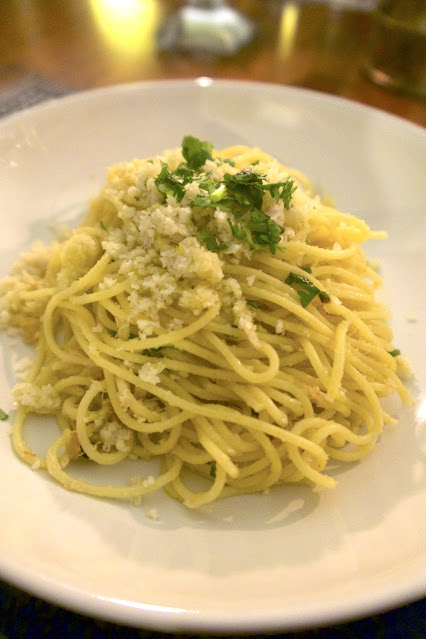Monday, December 30, 2024
Richard's Whipped Feta & Cranberry Dip
Friday, December 27, 2024
Salame al Cioccolato: An Italian Christmas Treat
An Italian and Portuguese dessert made from cocoa, broken biscuits, butter and sometimes alcohol such as port wine or rum, this delectable chocolate dessert is made with melted chocolate, vanilla tea or digestive biscuits, pistachios, and of course butter and heavy cream to hold it together. Like salami, chocolate salami is formed as a long cylinder and is sliced across into discs for serving. These discs are a brown, chocolaty matrix, like the red meat of salami, peppered with bright bits of biscuit much like the white flecks of fat in salami, and also chopped nuts, such as pistachios and almonds or hazelnuts. In Italy, it is called Salame al Cioccolato (chocolate salami) or, especially in Sicily, Salami Turcu (Turkish salami). Any way you slice it, it's a sweet ending to any festive meal.
Chocolate Salami
Makes 2 logs
Tuesday, December 24, 2024
Homemade Salmon Gavlax on Blini with Caviar
Monday, December 23, 2024
Cory's Classic French Canadian Tourtière
Sunday, December 22, 2024
Cory's Golden Fried Crab and Basil Spaghetti
Wednesday, December 4, 2024
Café Boulud in Yorkville: Classic Sunday Lunch
Monday, December 2, 2024
King's College Cambridge & Fitzwilliam Museum
'Danse Espagnol' Bronze by Edgar Degas, modelled in 1880s












































































